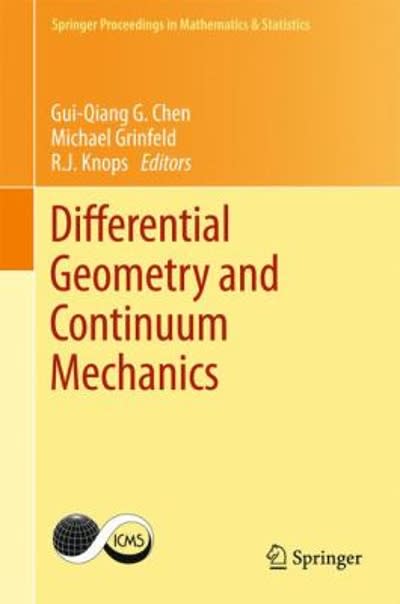Answered step by step
Verified Expert Solution
Question
1 Approved Answer
A statistical program is recommended. The following observations are on stopping distance (ft) of a particular truck at 20 mph under specified experimental conditions. 32.1
A statistical program is recommended. The following observations are on stopping distance (ft) of a particular truck at 20 mph under specified experimental conditions. 32.1 30.8 31.1 30.4 31.0 31.9 The report states that under these conditions, the maximum allowable stopping distance is 30. A normal probability plot validates the assumption that stopping distance is normally distributed. (a) Does the data suggest that true average stopping distance exceeds this maximum value? Test the appropriate hypotheses using = 0.01. State the appropriate hypotheses. H0: 30 Ha: = 30 H0: 30 Ha: < 30 H0: = 30 Ha: > 30 H0: = 30 Ha: 30 Calculate the test statistic and determine the P-value. (Round your test statistic to two decimal places and your P-value to three decimal places.) t = P-value = What can you conclude? Reject the null hypothesis. There is sufficient evidence to conclude that the true average stopping distance does exceed 30 ft. Do not reject the null hypothesis. There is sufficient evidence to conclude that the true average stopping distance does exceed 30 ft. Reject the null hypothesis. There is not sufficient evidence to conclude that the true average stopping distance does exceed 30 ft. Do not reject the null hypothesis. There is not sufficient evidence to conclude that the true average stopping distance does exceed 30 ft. (b) Determine the probability of a type II error when = 0.01, = 0.65, and the actual value of is 31 (use either statistical software or Table A.17). (Round your answer to three decimal places.) = Repeat this for = 32. (Round your answer to three decimal places.) = (c) Repeat (b) using = 0.80. Use = 31. (Round your answer to three decimal places.) = Use = 32. (Round your answer to three decimal places.) = Compare to the results of (b). We saw increase when increased. We saw decrease when increased. (d) What is the smallest sample size necessary to have = 0.01 and = 0.10 when = 31 and = 0.65? (Round your answer to the nearest whole number.)
Step by Step Solution
There are 3 Steps involved in it
Step: 1

Get Instant Access to Expert-Tailored Solutions
See step-by-step solutions with expert insights and AI powered tools for academic success
Step: 2

Step: 3

Ace Your Homework with AI
Get the answers you need in no time with our AI-driven, step-by-step assistance
Get Started


